The unsung hero of The Empire Strikes Back: how director Irvin Kershner saved the soul of Star Wars

The figure on the slab looked as if he’d gone peacefully to his maker. The eyes were shut, the body at rest. Even if the features on that serene face had not belonged to one of the world’s best-known actors, the impact would have been striking. Here was someone who had embraced oblivion graciously and with an open mind.
But the Harrison Ford whom director Irvin Kershner was gazing upon in a freezing shed in deepest Hertfordshire wasn’t the one he wanted to see on screen. It was late 1979 and, in the bowels of a sprawling Lucasfilm complex at Elstree Studios, the director was overseeing the second instalment of the Star Wars saga.
Kershner’s FX team had just put together their mock-up of Han Solo after he is frozen in carbonite: a sequence that would go on to become one of the most referenced and revered in blockbuster cinema. As things stood it was all wrong.
“I had sent Harrison down to the special effects shop to make the mould for the slab that he was gonna be encased in, the director of The Empire Strikes Back would later tell Mark Newbold of the Jedi News website. “Okay, they finished it and he came back to me and it was ridiculous. He was lying there… And I said, ‘No, it’s out of character.’
The problem was that, as interpreted by his FX department, it looked as if Han Solo – a wise-cracking smuggler – had willingly submitted. This wasn’t true to Star Wars’s bad boy in chief – a detail that Kershner, new to popcorn entertainment and indifferent towards its conventions, seized upon immediately.
“I was trying to train them all that everything has to be true to character, including when Harrison is in the slab. So I told [Ford], “Try to fight your way out of the slab.” And so he went back and they made a new one where he’s pushing out with his hands, and that was the right one. You see, character again. He would never give up.”
Almost 40 years on, there is universal consensus that The Empire Strikes Back is not just the best Stars Wars movie but one of the greatest ever sequels (the only serious competition being The Godfather Part II and James Cameron’s Aliens).
With its downbeat ending, philosophical longueurs (patient must you be as Yoda spends forever training Luke on Dagobah) and touching character moments – C-3PO interrupting the Han-Leia smooch, the shattered Lando-Solo bromance – it plays the emotions in away few popcorn flicks have managed. From his frigid field headquarters outside Watford, Kershner gave the world a near perfect blockbuster.
That Empire set standards which later Star Wars movies have conspicuously failed to match became pointedly relevant with the release of The Last Jedi.
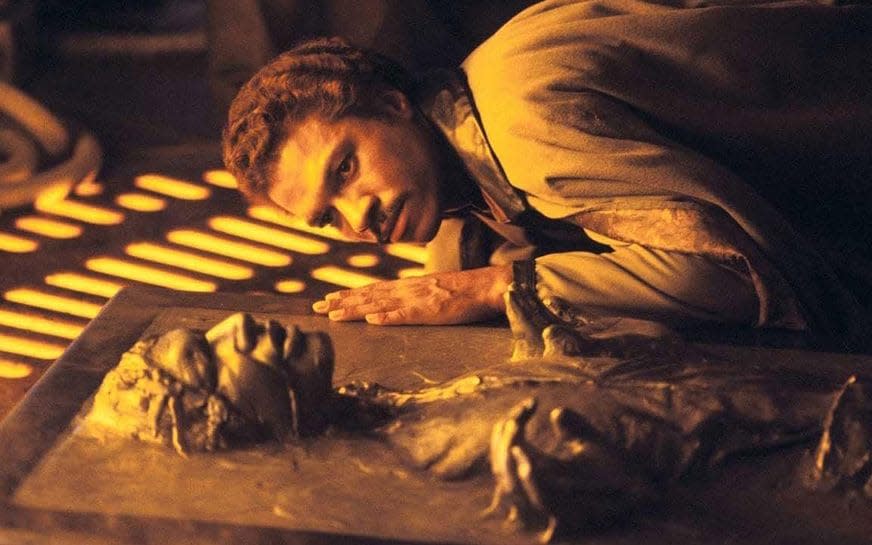
The parallels are uncanny. Here, again, was an introspective follow-up to a cheesy first movie, directed by a Hollywood outsider (Looper’s Rian Johnson in the case of Jedi) allowed an uncommon degree of creative control by a studio wagering millions on the experiment paying off. A cynic might conclude that The Last Jedi was a conscious attempt to replicate the risk-taking that succeeded so stunningly with Empire.
Yet for all of the older movie’s influence it is extraordinary how comprehensively Kershner’s contribution is overlooked. He has come, in the eyes of the Star Wars fanbase, to be regarded as merely another hired-hand, executing, with dead-eyed faithfulness, Uncle George’s grand vision. A hack elevated by another’s genius.
The truth is that Lucas was basking in the glow of Kershner’s talents rather than the other way around. He’d begged the then-56 year old to take the job, fearing that if Empire didn’t surpass the original Star Wars, critically at least, the franchise would be dead in the water. It seems remarkable now but, in 1979, it was by no means clear whether Star Wars had been the beginning of a phenomenon or a one-off destined to sputter out.

“I turned him down for about six weeks,” Kershner would recall. ‘“Gee you’ve just made a film that’s made a fortune and everybody loves it – all I can do is make second best”. [To which Lucas responded] “ The point is you have to make the second film better than Star Wars. If the second one is successful I can continue making them – if it’s a one picture phenomenon, then it’s over.””
That Kershner wasn’t intimidated by Lucas or Star Wars speaks to the colourful life he had led to that point. Born in Philadelphia in 1923, as a young man he’d spent several months renting an apartment underneath a brothel in New York while pursuing his early dreams to become a painter.
Later he was a contemporary of Jackson Pollock – whom he regarded as a talentless lush – and, as an aspiring filmmaker, nearly died when caught up in an anti-imperialist uprising in Iran. Whether Han Solo should look peaceful or distressed as he is frozen in carbonate was not a dilemma that was going to push him over the brink.
Kershner’s idiosyncratic grounding shone through in his films – quirky art-house baubles owing more to Kurosawa and Bergman than Flash Gordon and John Ford. He’d dabbled in exploitation (1961’s The Hoodlum Priest), surreal star vehicles (1972’s Up The Sandxox, with Barbra Streisand as a bored Manhattan housewife fantasising about bombing the Statue of Liberty) and sprawling war epics (1977’s made for TV Raid On Entebbe, which garnered nine Emmy nominations).
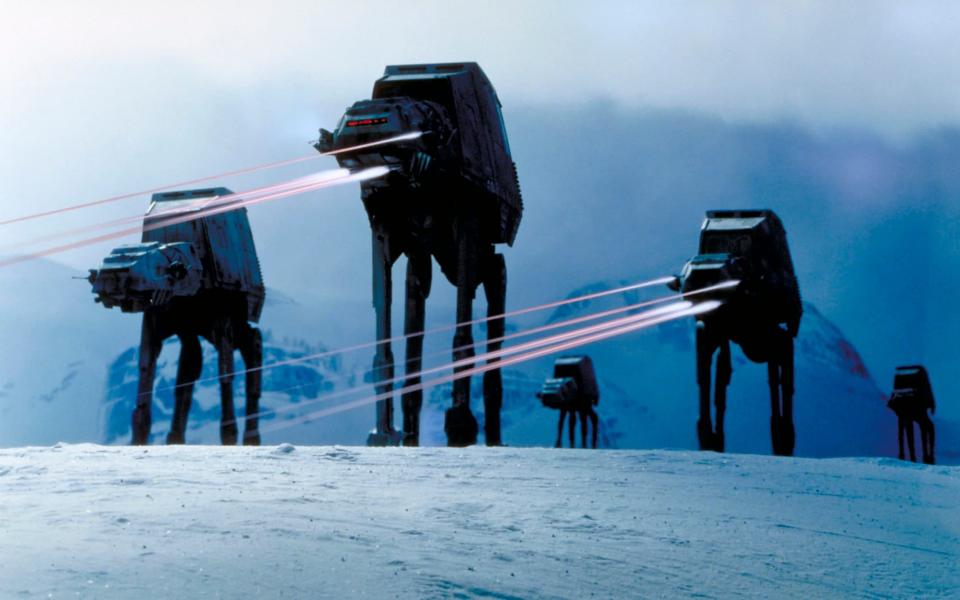
The movie that persuaded Lucas that Kershner was the only man for Empire was 1976’s The Return of a Man Called Horse – an uncommonly introspective follow-up to a workaday 1970 western, in which Richard Harris plays an Englishman living among the Sioux. The sequel concludes with the Native Americans on the back foot, planning a violent revenge – a downbeat twist that made clear Kershner’s loathing of happy endings and aversion to Hollywood cheesiness.
“It is 10 times more difficult to make science-fiction drama than to make science-fiction melodrama,” he said in a May 1980 interview with Starlog magazine. “The difference, after all, is that in drama, the plot comes from the characters; in melodrama, it’s the other way around. And in Star Wars — in Empire too — the characters are in the forefront. It’s the characters you remember—not so much the plot, or the look or the hardware.”
His streak of contrariness would led to his famous face-off with Lucas in The Empire Strikes Back editing suite. The clash was over whether or not Han Solo should tell Leia that he loved her as he was about to the freeze-dried and packed off to Jabba the Hutt as a Kris Kringle-style gift from Darth Vader. In Lucas’s original script Han indeed assures Leia of his feelings for her just before plunging into the pit. On set in Elstree, the exchange didn’t sit right with Kershner.

Han Solo would never have given the emotional upper hand to his love interest by openly communicating his feelings. He told Ford to go away and think up an alternative line. The decision did not go well with the crew as it meant returning for reshoots after lunch – on a day when, for reasons nobody could quite fathom, the set was broiling hot.
Yet, just as with the carbonate, Kershner understood that, as written down, the dialogue was a betrayal of Han Solo. At 2pm Ford came back and this time, when Leia declared her devotion, he held himself still and uttered a curt “I know”. It was utterly Han Solo. Kershner yelled “cut” and gave everyone the afternoon off.
“When I showed the first cut to George, George returned to that spot and said 'Wait a minute, wait a minute, is that the line in the script?',” he remembered later. “And I said, ‘No, he says ‘I love you, too,’ but you know what? This guy wouldn’t give the woman the advantage. I love you, I love you too, she’s got the advantage, you see? So I said, ‘That’s not his character.’ ‘Well no, the audience is going to laugh.’
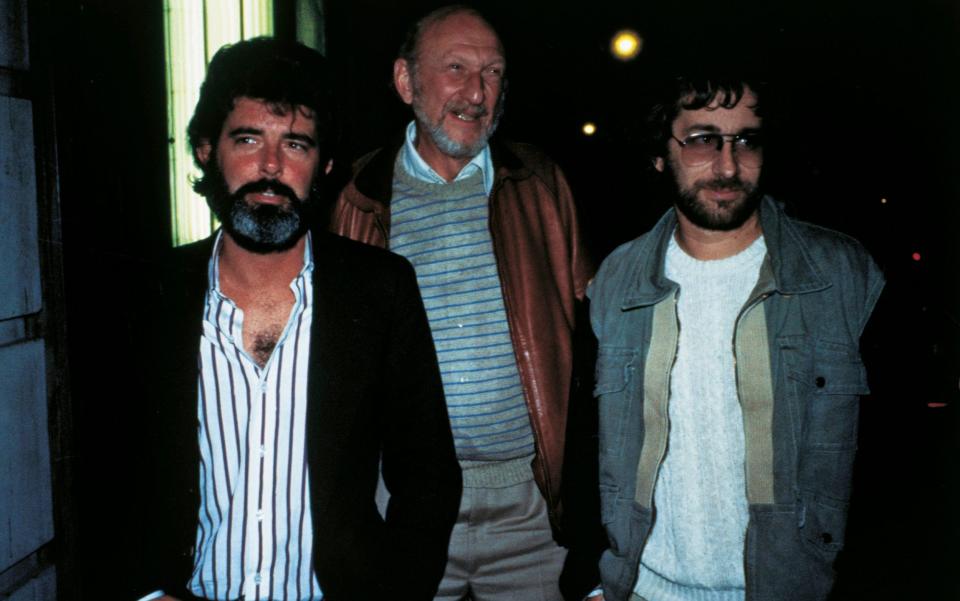
Lucas wasn’t confrontational by nature. The exchange was nonetheless tense. Going into Empire, the producer had promised Kershner complete creative freedom. He went so far as to vow not to set foot on set without the director’s permission (Lucas, who hated working in London, spent most of Empire in Los Angeles tweaking the special effects). Was he about to go back on his pledge – because of a single line of dialogue?
A compromise was eventually agreed. Two versions of the film would be screened to test audiences. The first with the “I know” line, the second with the scene as written by Lucas (which Kershner had savvily shot as back-up).
“At the first preview in San Francisco, the house broke up after Han Solo said 'I know'. When the film was over, people came up and said that is the most wonderful line and it worked,” said Kershner. “So George decided not to have the second screening.”
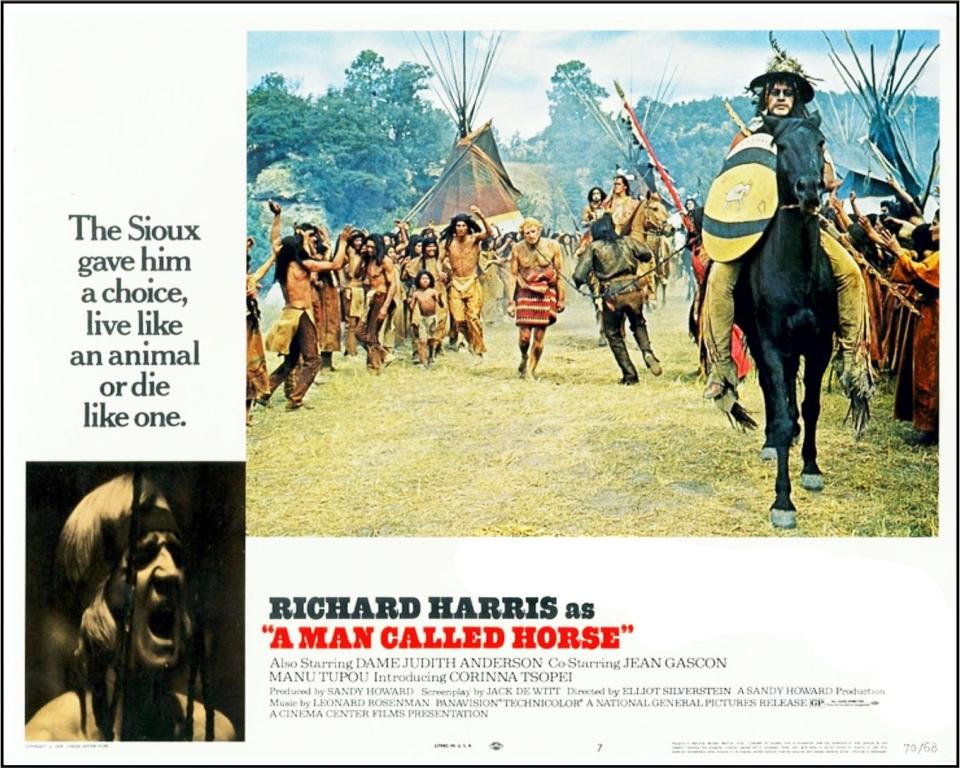
Kershner was a Hollywood outsider by circumstance as much as by choice. His first passion was art and he had put down his brush with a degree of reluctance. What finally persuaded him to quit was the realisation he would never be more than mediocre. He learnt the lesson when crossing paths with Jackson Pollock, whom he concluded to be thoroughly off his rocker. That Pollock was breaking boundaries was something beyond Kershner’s powers of comprehension – an indictment, he later concluded, of his own middling abilities.
“We made fun of Jackson Pollock,” he would say. “He was a bit of a drunk and he couldn’t draw. Even though you’re a painter, you start with drawing. Drawing is an important thing… I was blind to it. I was wrong.”
He came to understand that he was too conventional in his outlook as an artist and doomed to a career of competent obscurity. So he instead resolved to go into films. His big break came in 1949 when the American government sent him to Iran to make propaganda movies in the native language.
“The US ambassador asked me to go to a city called Abadan. A locust plague was coming across from Arabia and eating up everything. They wanted me to film it. But they had just thrown the British oil companies out. Mobs were running through the streets. You could hear machine guns.”
Stranded with nothing but a tripod and 450 feet of colour film, he stole a jeep and fled Abadan in the middle of the night. Driving north, Kershner blundered upon the locust plague and got to make his film. Out in the deep desert, he also contracted Sandfly fever, a potentially fatal condition with malaria-like symptoms.
“I had to get back to Tehran and a hospital. Unfortunately I had no money. There were no Americans around. But they had these DC-3s flying back to Tehran. I gave them an IOU from the American ambassador and went into hospital in Tehran. And that was my first film. I should have known after that every film was going to be difficult.”
The Empire Strikes Back would be his towering achievement. But he kept working, most notably on the 1983 non-Broccoli Bond caper Never Say Never Again. With a 52 year old Sean Connery wooed back for the title role, Kershner took the opportunity to make a different sort of Bond feature. Never Say Never was darker and more realistic than any Bond up to that point. Decades before Daniel Craig’s grumpy 007 of Casino Royale Kershner gave the character the gritty make over he so obviously required.
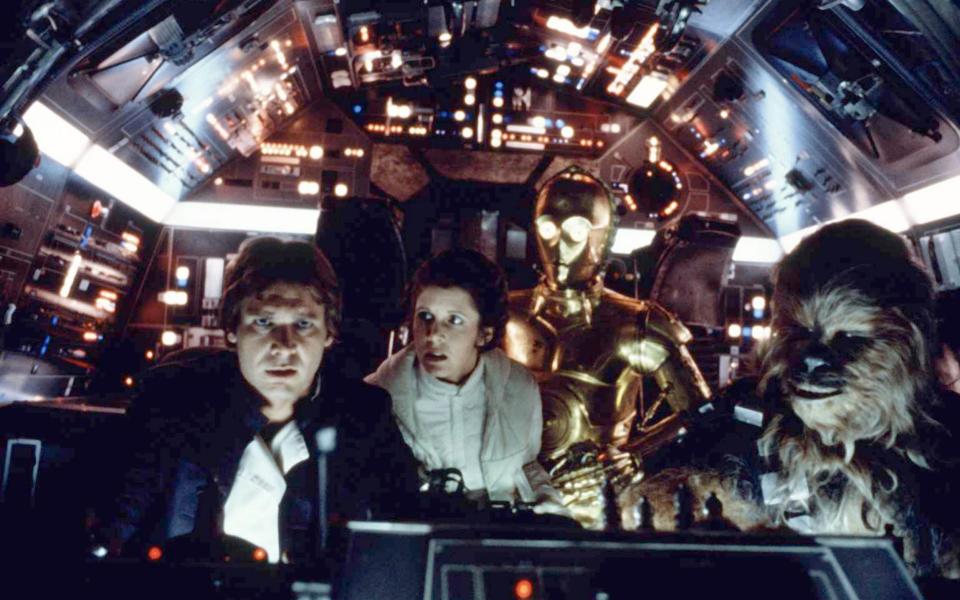
Still, he would not be remembered for Never Say Never or even really for Empire Strikes Back – no matter that it is every bit as much his triumph as George’s Lucas’s. Kershner, who passed away in November 2010 aged 87, was never bitter about the glossing over of his contribution. He was, however, unwaveringly insistent that the aspects of Empire that everyone adores – the nuance, the downbeat conclusion – flowed from his worldview.
Lucas presumably agreed, which is why he offered Kershner Return of the Jedi, the concluding chapter of the original trilogy. Reportedly put off by the mawkish script – and possibly all those Ewoks – he demurred. It was one of the great lost opportunities of Eighties cinema. Kershner would surely have skimmed the cheese off Jedi – sparing us its betrayal of Han Solo (who becomes a glutinous softie) and bringing some edge to battle sequences on Endor.
“American film tends to be sentimental and rarely depicts the soul of its citizens. And if the film doesn’t have guns, it isn’t an action film,” the director told Vanity Fair several months before his death.
“But for me, the real turnoff is in the final scenes. The experience is often wrapped up in a pretty consumer package guaranteed to show us that life is good and people finally see the light. Foreign films tend not to have this denouement. The chips fall and lay dead and buried if need be. Think of Kurosawa’s Seven Samurai, David Lean’s Lawrence of Arabia, Ingmar Bergman’s great films Fanny and Alexander and Cries and Whispers, or Fellini’s 8 1/2. The stories are not skewed for the happy ending.”

